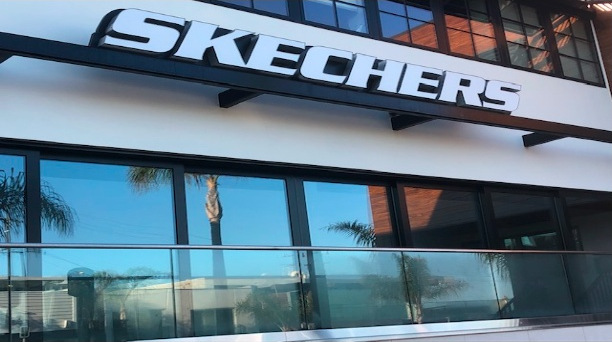With the cost of solar panels plummeting by 70% over the past 10 years big box corporate solar projects are booming! Fortune 500 Companies like Walmart and Target have been leading the charge in recent years, With Walmart committing to power 50% of its global operations with renewable energy (both wind and solar) by 2025 and
Target deploying 285 MW of onsite solar at its stores across the United States. For those of you who are not in the solar business, a one-Megawatt rooftop solar installation will cost roughly $1,650,000 to build, so Target (or their PPA investment partner) has invested at least $470,250,000 in solar procurement!
Corporations have two options for procuring solar energy at their facilities. They can install it on their big box store roofs (on-site) or purchase the solar energy from an off-site solar farm. There are pros and cons to each strategy so I will delve into both in more detail below.
On Site Solar: The corporation can choose to install a solar system onsite at its company owned big box stores and save millions of dollars in energy costs! There are two ways of doing so, by purchasing, or investing in the system like our client Skechers has done (with a standard 5-year payback period or Return on Investment), or through a Power Purchase Agreement (PPA).
Our client SKECHERS is installing solar panels on 4 of its corporate facilities
In a PPA, a third-party investor will own and operate the solar system on the big box store’s roof and sell the solar energy that is produced to the corporation at a fixed price for 25 years (with a fixed inflation rate built in). This fixed price is always less than what the utility charges providing for immediate savings to the corporation (typically 10-15%) with no capital investment (capex). The investor covers all operations and maintenance expenses of the big box store solar system for the duration of the PPA contract. In this scenario the investor makes money by receiving all the Federal tax credits and federal depreciation, state depreciation, and a twenty-five-year income stream from owning the solar system. The corporation wins from lower energy costs with no capex investment. The Earth wins from less fossil fuels and carbon emissions!
An example of an onsite Power Purchase Agreement where the corporation does not own the solar system but benefits from immediate energy savings (shown in the 3 rd column). Total savings for this facility over the life of the PPA are $7,999,342!
Off Site Solar: The corporation can choose to purchase, or “off take” solar energy from a third party owned solar farm. In this scenario the corporation is buying clean solar energy that can be used to offset energy that is pulled from the grid to power the corporation’s local, national, or global operations. While this type of arrangement does not typically provide savings to the corporation, it does help them achieve their renewable energy goals.
Now that you know how your corporation or big box store solar system can benefit your bottom line let us talk about the workflow of these corporate solar projects. It typically takes about 6-12 months to complete a big box solar installation. This process starts with contracting a solar installer for the project and is followed by a site audit at the big box store. Once the site audit has been completed the solar installer will draw up plans for the project and submit them to the city for a solar permit. All this work is done behind the scenes by the solar installer. Once the city has issued the solar permit the installer’s crew will show up at the big box store to install the solar system. This typically takes between four to eight weeks. After the big box store solar system has been built, the installer will call for final inspection with the city. When the city has signed off on the final inspection, the installer will submit the job card and interconnection paperwork to the local electric utility to process permission to operate (PTO) the big box store solar system. The electric utility will request a site test or “commissioning” of the solar system prior to interconnecting the solar system to their electric grid to verify the system is working properly. Once the solar system has been commissioned by the utility the final step in the process is when your big box solar system is interconnected to the utility’s electric grid. This is called Permission To Operate (PTO) your solar system.
Regardless of the size of your big box solar system, the solar system alone will not fully eliminate the electric bill. To achieve this goal, the corporation will also have to install an energy storage system (ESS), which I will discuss in another blog post.
Want to see how much money your corporation can save with a corporate owned solar system or PPA? Get your turnkey big box solar proposal with ROI figures or a PPA proposal by e-mailing us your last 12 months electric bills (all pages), a picture of the electrical switchgear inside of the big box store, and a picture of your roof today: info@beachcitiessolarconsulting.com



